If you were asked to list the hottest hot spots on the planet—the places whose ecological integrity seem to be critical to life as we know it—your list would probably include the Greenland Ice Sheet, the Arctic peat bogs, the West Antarctic Ice Sheet, and the Amazon and Congo River basins. That all of these are rapidly moving towards “tipping” reflects the terribly slow pace at which climate policy and action have moved over the decades since leaders first became aware of the scale, scope, and consequences of climate change.
Why slow motion? Partly lack of political will, but partly because climate strategies are typically driven from the top-down, starting with the UN Framework Convention on Climate Change, and those strategies have not delivered since the planet is evidently warming at an accelerating pace. That reality—and the corollary that it’s long past time to look for potentially more impactful bottom-up strategies—was the motivating idea behind the recent Tällberg Foundation “Two Basins Workshop: Integrating Nature and Governance,” which was supported by Stavros Niarchos Foundation (SNF) and hosted by the Universidad de los Andes at their Cartagena, Colombia campus.
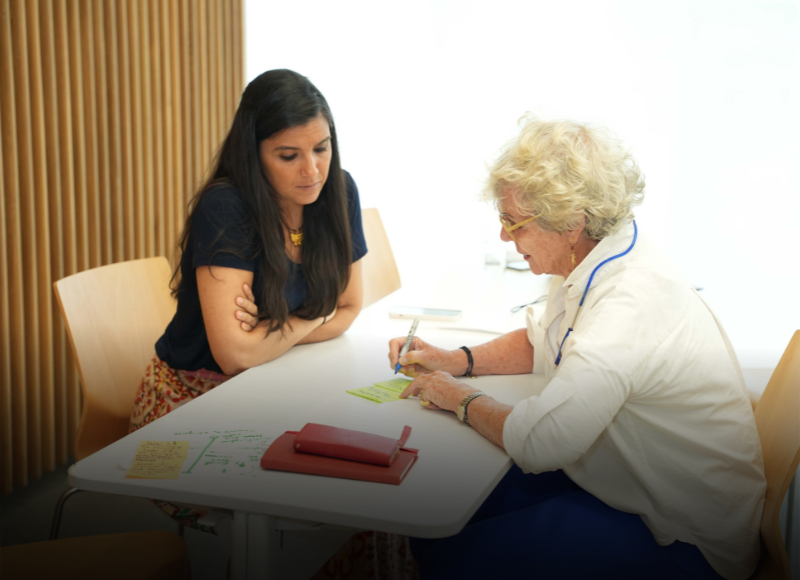
Photo: Tanîa Trindade and Roseline C. Beudels-Jamar
Under the leadership of Tällberg’s Sam Muller and Alan Stoga, a group of international scholars and practitioners gathered for three days of conversation aimed at producing new thinking about how to empower local communities in the Amazon and the Congo to design and implement policies and programs that could reduce the chance that the world’s two greatest rainforests eventually become savannah.
“We know that what needs to be done to save the rainforests is not happening and we know that it’s not happening because of governance failures,” said Sam Muller, a Dutch-based jurist who received the Tällberg-SNF-Eliasson Global Leadership Prize in 2022. “Our task was to imagine new approaches that are embedded in local realities, realistically combining rule of law, accountability and dispute resolution. This is about creating conditions that empower, incentivize, and allow local communities to do what we all need them to do.”
The group who convened in Cartagena included a (small) Noah’s Ark of scientists, jurists, conservationists, economic and political specialists, and others with deep experience in the Two Basins as well as other endangered areas like the Southeast Asian and the Arctic boreal forests. Participants in the workshop included three past Tällberg-SNF-Eliasson Prize laureates. In addition to Muller, Fernado Trujillo (2024) and Gladys Kalema-Zikusoka (2022) were in Cartagena; Tero Mustonen (2021) was represented by his colleague, Noora Huusari.
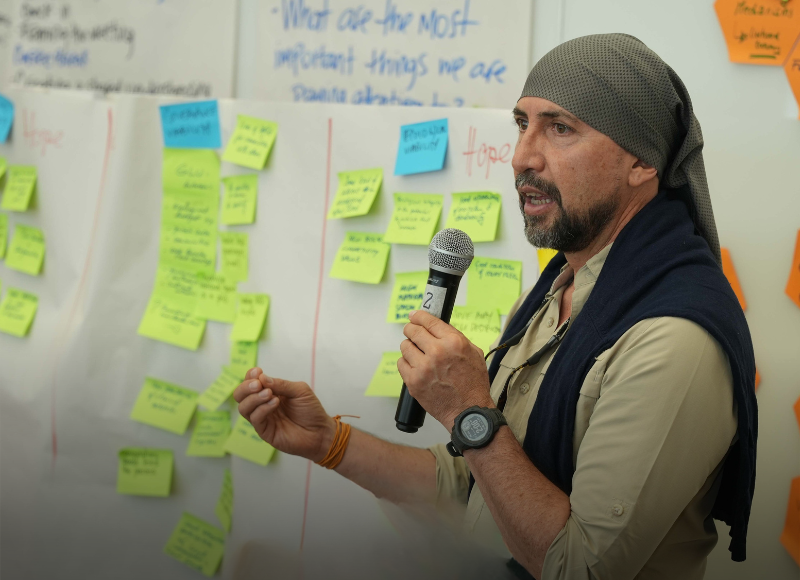
Photo: Fernando Trujillo
As Alan Stoga, Tällberg’s chairman put it, “We were looking for practical ways to combine good environmental policy with effective jurisprudence, solid incentives, and governance at the local level in the rainforests. We thought if we could do that and if we could imagine how to do so at scale, we might inject some hope into an otherwise bleak outlook.”
So, did hope win? Muller is not yet ready to declare victory. “We coalesced around a ‘hot spot’ approach. These would be carefully selected, relatively small geographical areas in the Amazon and in the Congo Basin where urgent action is needed to protect biodiversity, slow climate change, support local economies, and to strengthen justice as it is actually delivered.” As imagined by the workshop participants, these hot spots would experiment with new, incentive-driven economic initiatives, with people-focused justice processes, and with community-based governance rooted in their own realities. Hot spots could gradually be linked to each other to become engines of change, not just isolated projects, that eventually impact national and international policies.
Critical to the approach that began to emerge in Cartagena is a positive, active role for the private sector. “Every meeting on climate seems to end with a plea for massive government spending which, of course, doesn’t happen,” said Stoga. “That only leaves the private sector, and I was delighted with the positive conversations I heard about how to create conditions where responsible, profit-driven firms become a significant part of the solution. This is especially relevant for the Congo Basin which seems to hold significant amounts of the minerals and resources needed for the world’s Green Transition—and which are going to be exploited, one way or the other.”
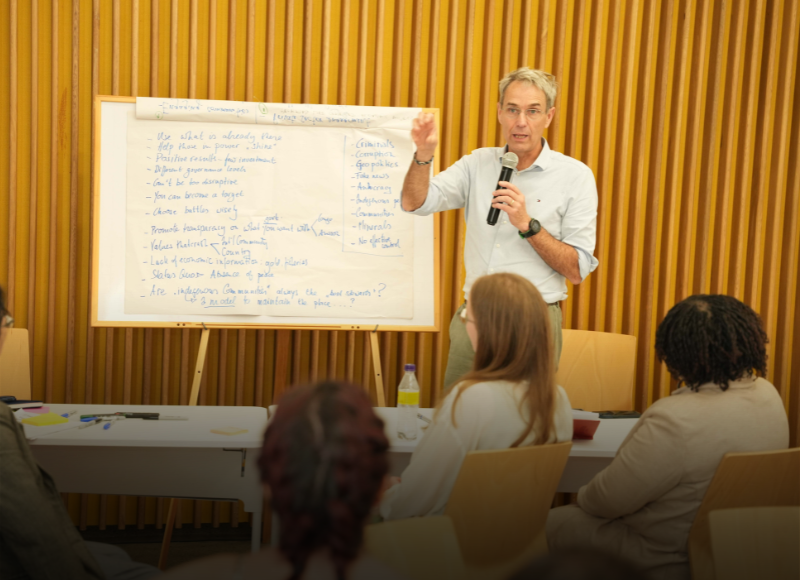
Photo: Sam Muller
What happens next?
“We have started to develop the ‘hot spot’ concept, to define what we know and what we don’t (but need) to know, and to look for promising communities and existing initiatives that could be launching pads,” said Stoga. “We only got this far only because of SNF’s support.” Muller added, “We are talking about systemic change; I believe the only way to save the rainforests is to flip the governance paradigm on its head—and to do it fast and at scale. We have only just begun, but it was a great beginning.”
From small acorns, great oak trees can grow….
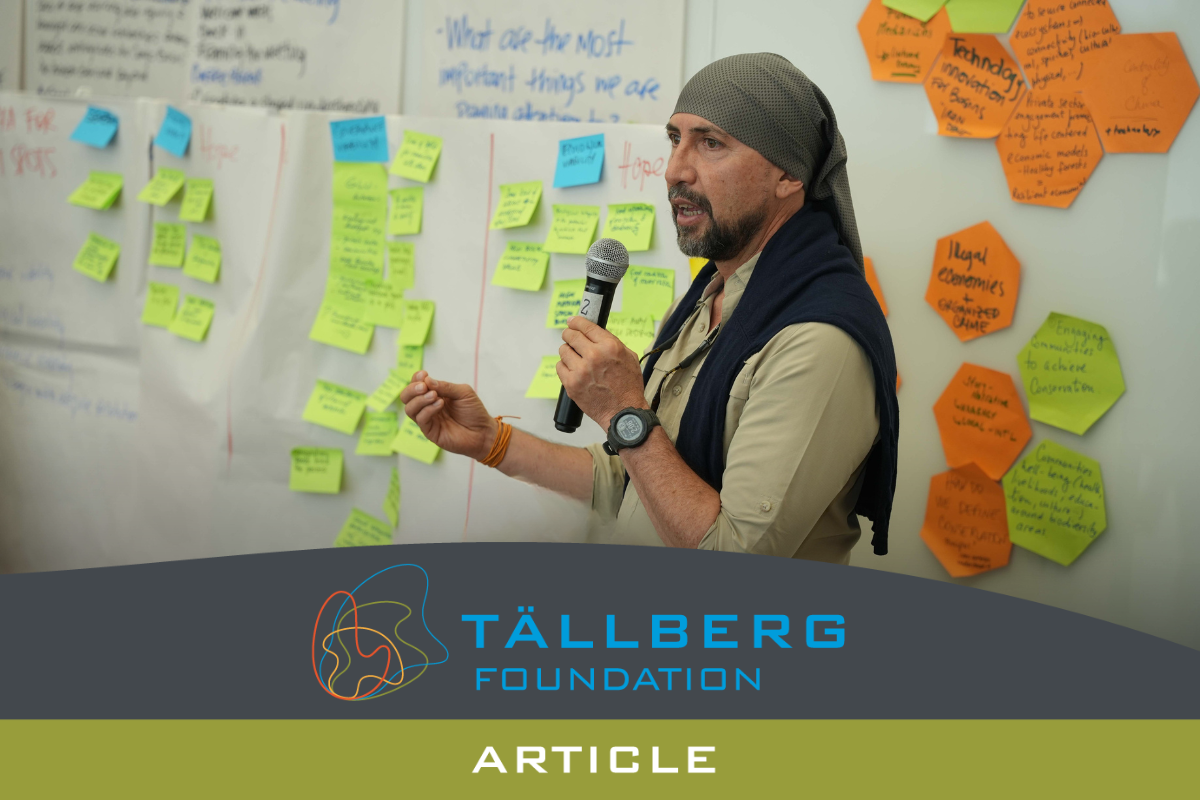
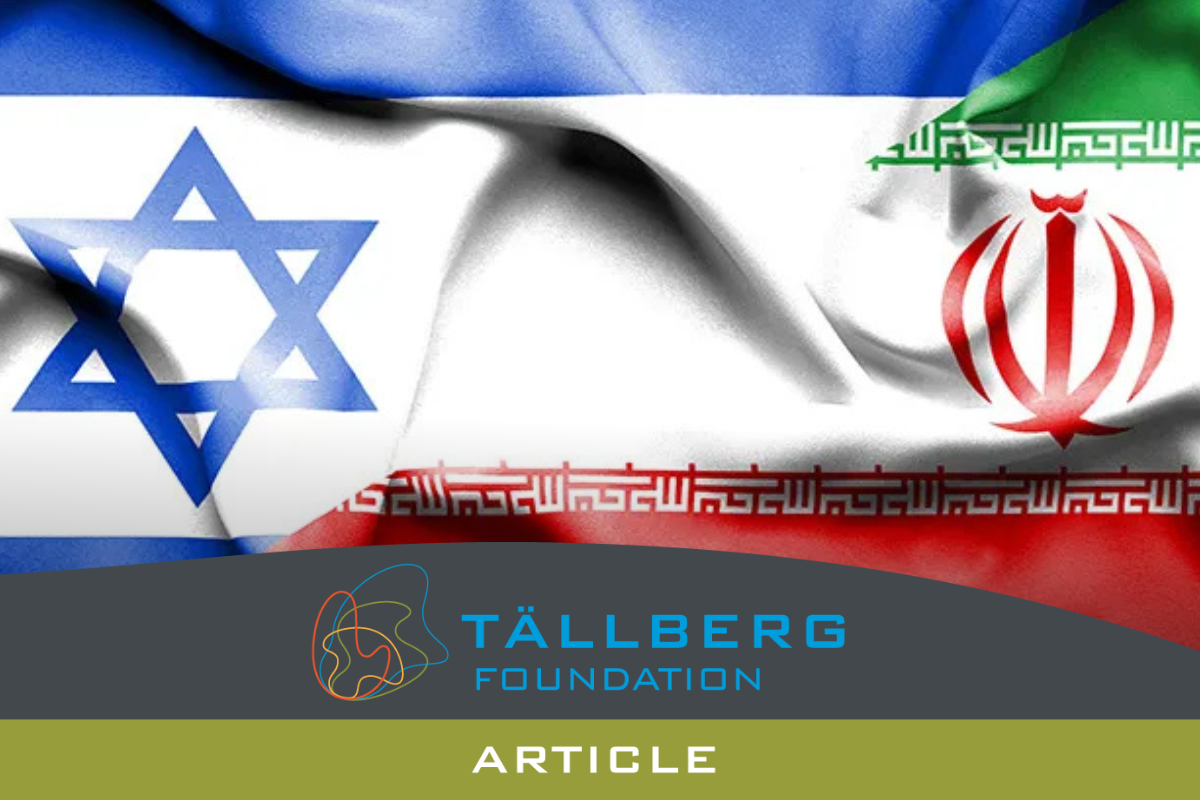
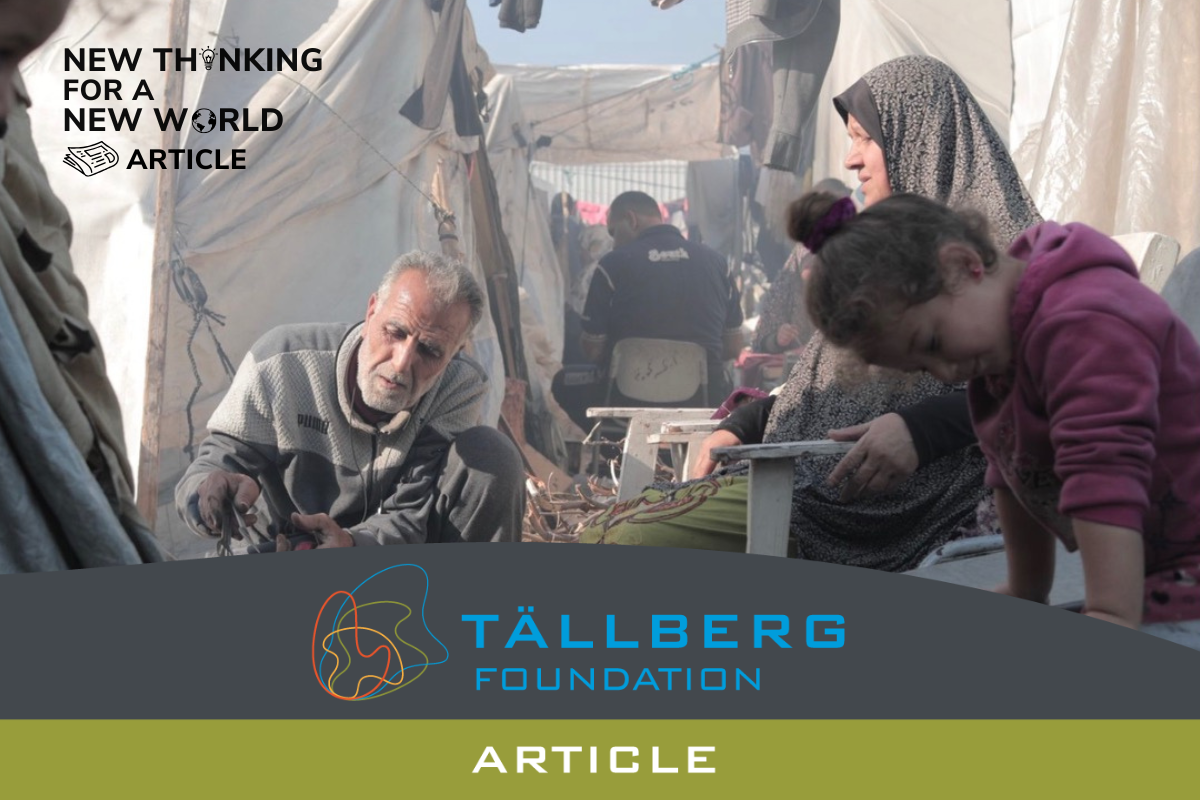

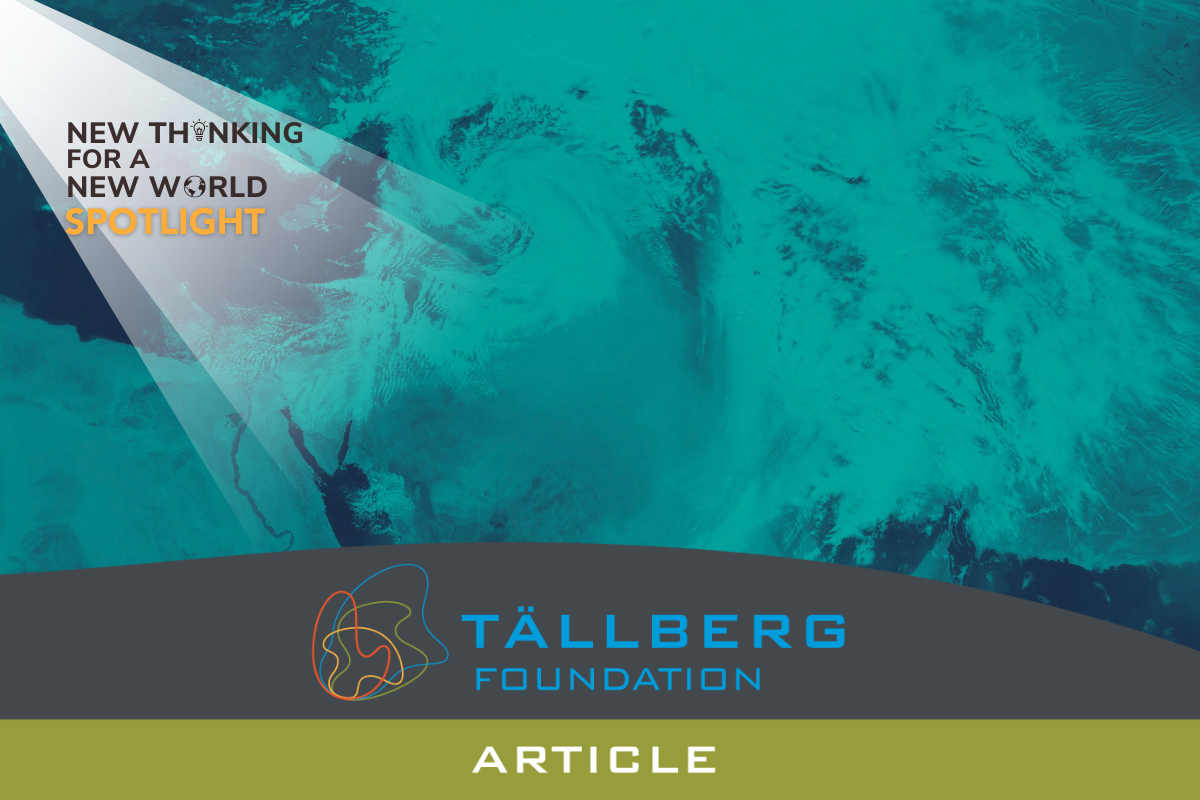
0 Comments